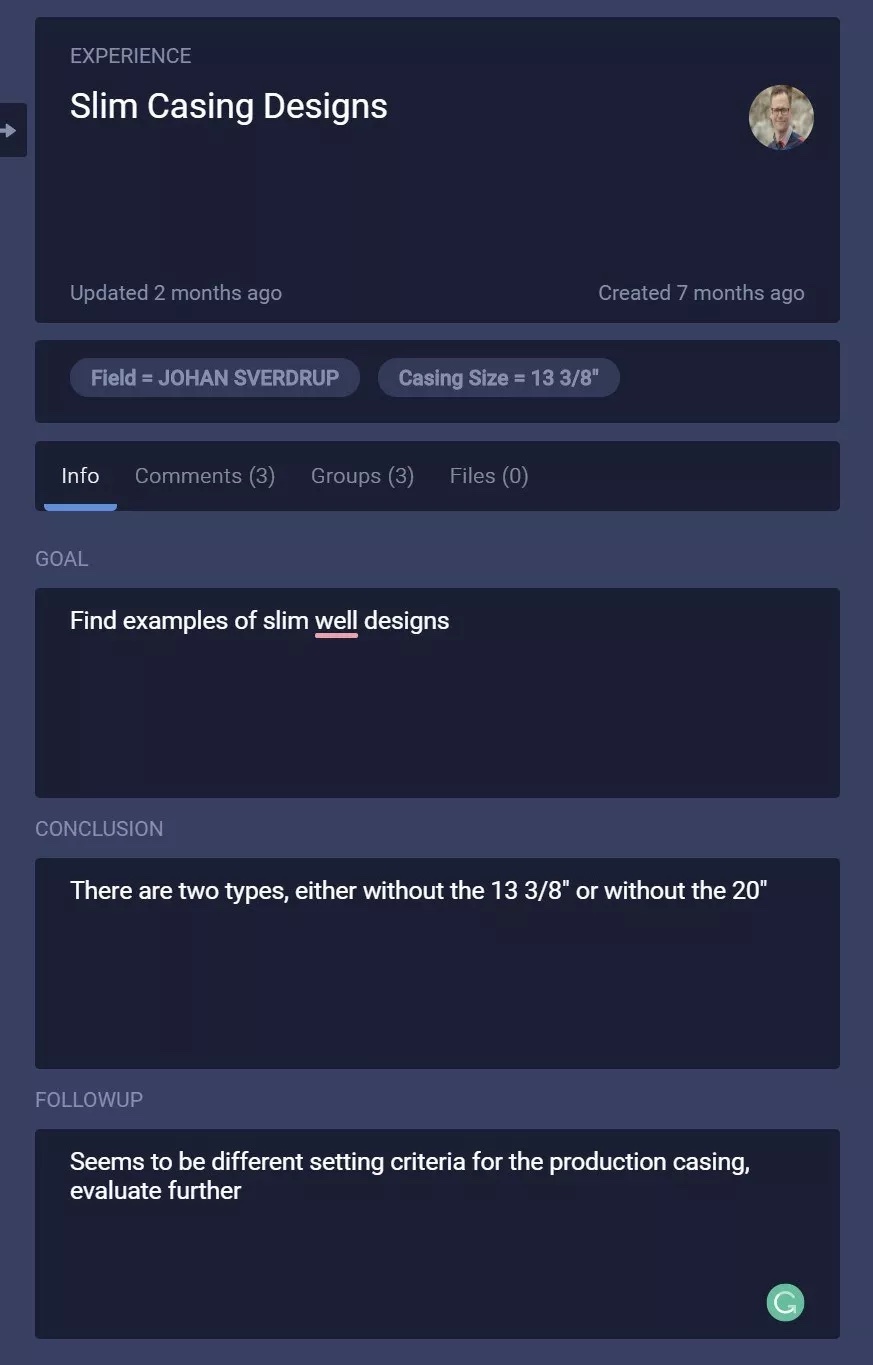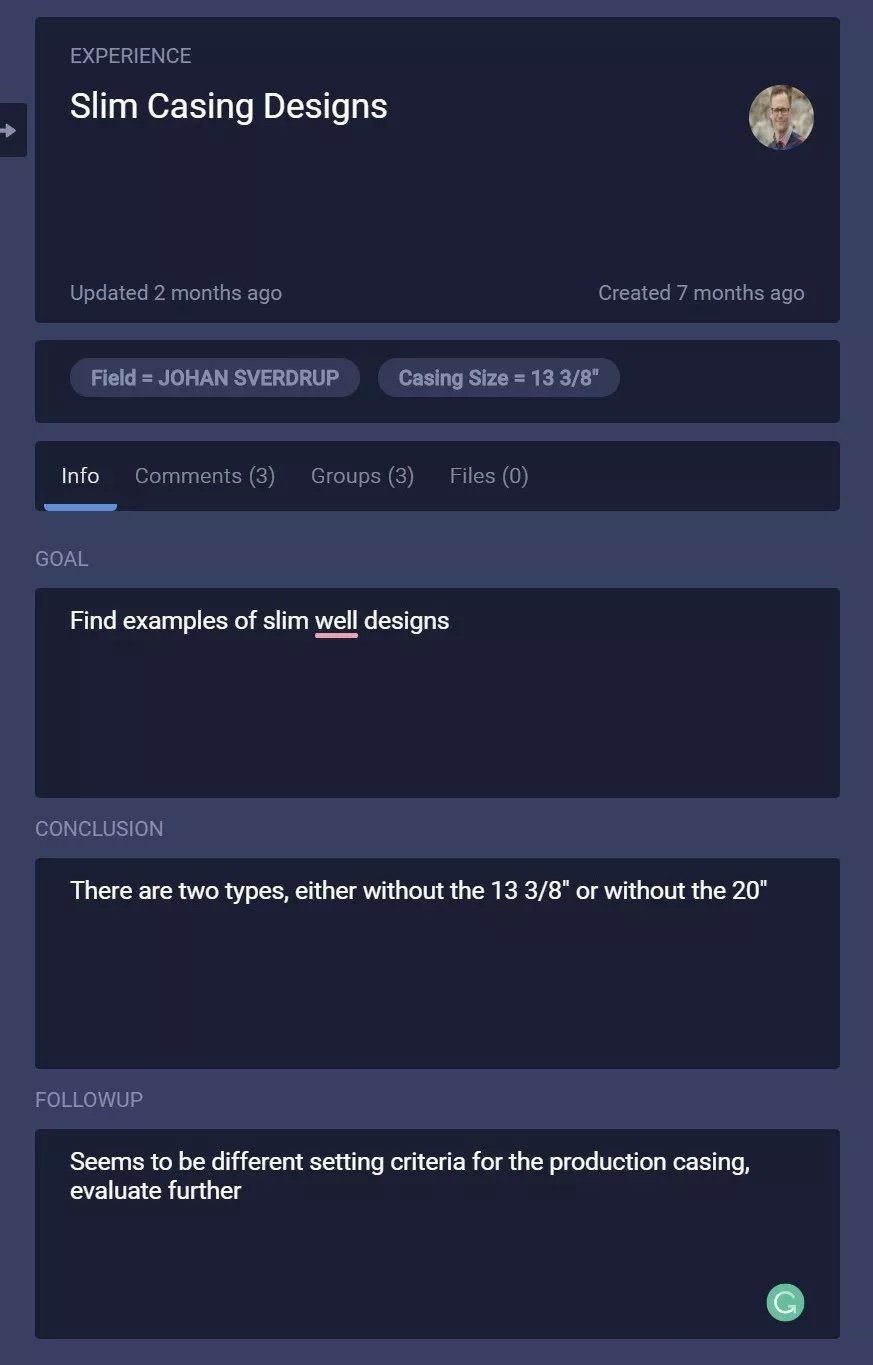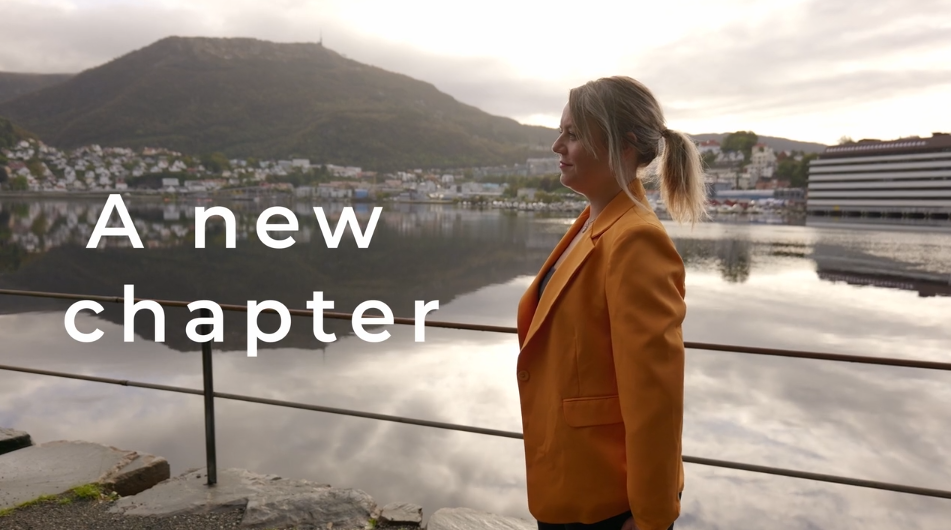The fun and collaborative well planning

When you collaborate with your colleagues in well planning, you learn more and create more value. And you have more fun.

Well planning has been a tedious and solitary task. You read reports, you create spreadsheets, you write reports, and then you move on, probably without looking back.
Keep reading to learn how much easier it is to perform offset reviews with a colleague, and how it really adds value for you and the company.
Offset Review
The task to perform an offset review is crucial for well planning. A good offset review directs you to where to place your planning efforts, what to optimize for, what to reach for, and what to go safe on.
The traditional offset review is you, the well engineer or subsurface engineer, sitting down, reading report after report, looking for interesting information. You then compile this into a spreadsheet and write a report or make a presentation about your findings.
It's not easy to share this task, as you jump from well to well searching for relevant information, and you store the results in your own words, scaling the report or spreadsheet as you go.
Keep reading to learn how this can both be fun and rewarding in a new workflow.
Collaborate to improve quality in your offset review
Now, creating new workflows opens for new ways of working. Who said that the best way to analyze data is to do it in solitude?
We have learned from our training sessions with the best engineers in the industry that they all need help to look at the big picture. And that is where the collaboration starts to add value.
When creating experiences and documenting offsets, be at least two people. Use the occasion to invite someone from another well planning team, or a geologist if you're a drilling engineer yourself (and the other way around).
Then ask out loud, what are the most important issues? Note them all down, making groups under experiences, you're not saving paper here, and you will soon see how much value you are adding to your own experience and the company.
Resist the urge to say "but everyone knows that" when you find something important. Just because it's obvious to you, that doesn't mean it's less important for the rest of your team. Remember that your offset reviews here are made available for yourself and your team and should cover all the events you are planning for. And it might even not be so obvious for yourself tomorrow when you look at this again.
Start out with geology, ask each other what is important with the geology here? Create experiences and document them with creating groups you want to analyze. Then move on to trajectory, mud weights, pressures, sections, NPT's, time-depth curves. Create groups as you go so you know what to look for in the next stage.
Document with wells
After having made the experiences and groups covering the important issues in your well, move on to find relevant wells.
This is a really mind-bending exercise, only made possible by our platform. See if you can find a well which looks like the "standard well" you normally define.
When you look at real wells, you'll find that you need to define standards in a more detailed way than when you create your own report. You can't easily ignore the rest of the well when it's right in front of you, side by side with the other wells in the area. So maybe the 14" casing is a standard, but not for the deep-set plan you have?
Spend time on this, become the expert you want to be. The good thing is that these experiences and groups with wellbores can be reused by you and your team
And then present your results for your team. And they can present their studies to you, so you all learn something new, and have a better start of the well planning process.
You will be amazed by how much you have learned in just a few hours of data analysis. Our customers say they save at least two weeks per well.
Don't stop reviewing offset wells
Another secret to successful well planning is to never stop reviewing data and offset wells.
Whenever you make a decision, moving a casing point, changing bit size, weighing up mud before exiting, sidetracking deeper, running BOP, always create a new experience that you populate with groups and wellbores. And bring in your colleagues when you do this.
This habit makes it easier to ask the next time you need help, it adds their knowledge to your project, and you there is no learning which is more effective than what you learn from your peers.

